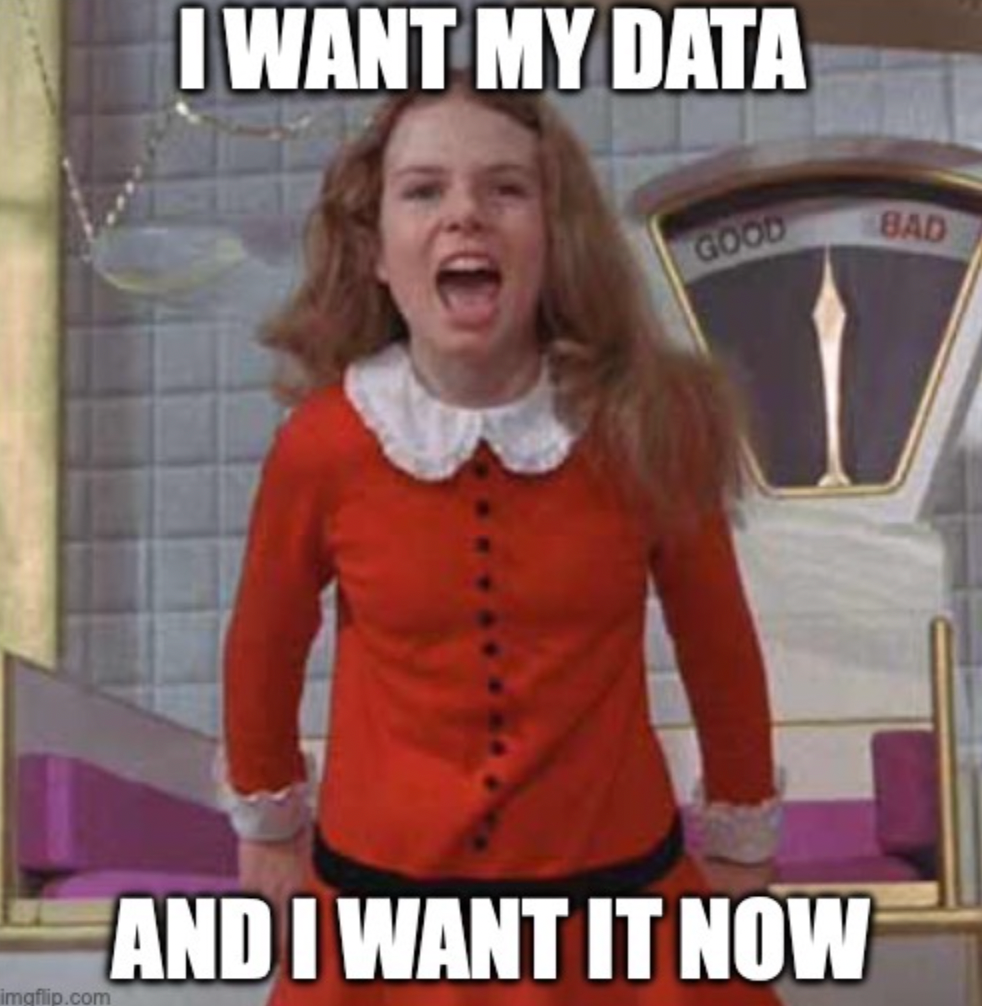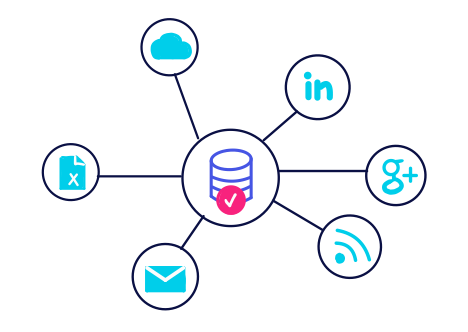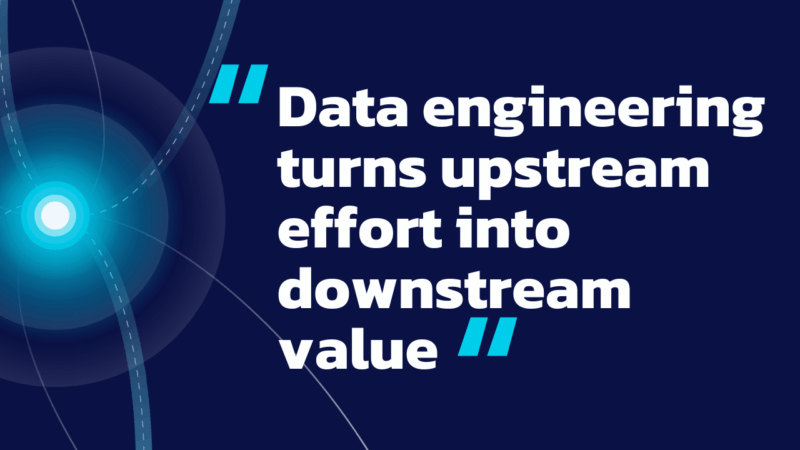
Newsletters
Optimizing Your Analytics Strategy for Real Results
Actionaut Shaun Davis’ “Analytics Advantage” is a weekly newsletter of actionable insights, proven strategies, and top tips for getting the most from your data and making high-stakes decisions with confidence. Here’s a sample issue. We hope you’ll subscribe.
***
If You Fail to Plan…
How does the old saying go? “If you fail to plan, you plan to fail”?
I’ve never been much of a planner. I tend to do what seems right in the moment with some vague notion of where I’m headed. But that doesn’t work in business.
Making plans, and more importantly, sharing them with your team, is how you build momentum. Having a clear plan helps ensure everyone is aligned, moving in the same direction, and focused on the right priorities.
Today, I’m going to walk you through my approach to planning that will deliver tangible results and enable your team to make decisions with confidence.
Data as an Asset
Just like the money your business makes, the office you own, or the intellectual property you’ve created, data is an asset. Though you can’t touch it, it contains the history of your business. It holds the relationship you’ve built with your customers. It represents the hard work of everyone who has worked with you.
Now, think about what it would take to recreate that data from scratch or how differently your business would run if you didn’t have it.
That’s the value of your data.
Why Have a Plan?
Simply put, a plan is essential.
Without one, anyone can come to your team and ask you to drop what you’re doing and help them.
A solid plan, with strong buy-in from your customers, allows you to push back on those immediate needs. It gives you the data to demonstrate the cost of making an immediate change to address whatever it is your team needs right now.
Work long enough in data (or anywhere, really) and you’ll run across a “Veruca Salt.” In Charlie and the Chocolate Factory, Veruca Salt embodies impulsiveness—demanding everything she wants, right when she wants it, without regard for the consequences.
Putting a plan in place helps stabilize you against Veruca Salt-like “drop everything” moments.
The Analytics Plan
1. What Outcomes Do You Want?
In business, we don’t analyze data just for fun.
We’re always running down an idea or testing a theory in pursuit of a specific outcome.
Starting with clear outcomes ensures you don’t fall into the trap of Maslow’s Hammer: “It is tempting, if the only tool you have is a hammer, to treat everything as if it were a nail.”
In the same way, data in search of an outcome is a poor approach to developing a plan. Defining your outcomes first helps you focus on the right questions and prevents you from misapplying data just because it’s available.
The first step in creating your analytics plan is to write out all the outcomes you plan to achieve in the next year. These likely already exist in your sales plan, marketing plan, and your five-year strategic plan. Talk to key stakeholders from each function and ask them what they hope to achieve in the next year. The outcomes should be measurable, specific, and time-bound. For example:
“Our marketing will reach our customers.” This is a great goal but poorly written.
A better outcome would be: “In the next calendar year, we will increase our average monthly impressions by 15% over our prior year average.” This is measurable, specific, and time-bound.
Write out all the outcomes in a document or spreadsheet and group them by the departments or functions they serve. Hold off on ranking them. We will get to that later.
2. What Data Do You Want?
With your outcomes complied, it’s time to map them to the data needed to measure them. But don’t bother listing all the data your company has—that’s a waste of time.
Starting with each outcome, write out the data required to measure its success. It doesn’t matter if the data exists or not. We’ll address that later.
It’s important to remember that one piece of data can serve many outcomes. You may not know the exact piece of data needed for an outcome, but you can lean on multiple key leaders to fill in the gaps. Also, if an outcome isn’t measurable, iterate it, and work on it with the function leaders.
Most companies aren’t treading new territory, so it can likely be measured.

3. Who Are the Customers of Your Analytics Projects?
Amazon describes themselves as “customer obsessed.” I don’t think that level of thoroughness is needed here, but the sentiment is right.
Everything you create should be for a specific persona—these are the main characters in your data story.
Give each persona a name, write out their desires, motivations, and role within the company. Include the level of authority they have in the company. Everyone is important, but not everyone can allocate budgets, change policy, etc. Estimate the audience size for each persona. Do they represent half of the company or just 1%?
Mapping these attributes ensures that you build analytics products that speak to their needs, rather than creating something that makes their eyes glaze over.
Creating a persona includes writing the details of their technical capacity. Are they a self-styled data nerd like you? Or, do they just want high-level actions?
Mapping out these attributes will ensure you build products which speak their language, not make their eyes glaze over.
4. Rank the Needs
Once your data list is compiled, it’s time to rank the projects.
Tag each data project into two groups: Efficiency or Growth. These are the major reasons we analyze data.
Efficiency is anything where we want to improve a function. This can be everything from measuring call center wait times to manufacturing-line operating efficiency to automating finance reporting. These projects focus on improving processes.
Growth is anything where we are increasing the revenue, reach, or reputation of the brand. This covers (almost) everything in marketing and sales. Whether it’s measuring advertising reach or analyzing data to communicate key insights to stakeholders, these projects are always about making charts that go up and to the right.
Next, categorize the projects by whether the data exists .Don’t worry about its quality yet, just focus on whether your company has this data right now.
Size each project by how much effort it will take. Simple “T-shirt” sizing works. For example, a “small” project would require minimal effort and time. It could be generating a monthly dashboard using available data. Or a “large” project would require significantly more time, such as implementing a new BI tool. Add extra categories if you want to be granular.
Lastly, use the persona groups to measure audience size and importance. Executives have more authority than those on the front lines. It’s all a balancing act.
Bringing It All Together
Now, you should have a clear picture of the analytics projects that will drive the greatest efficiency and growth in your company. I wouldn’t spend time breaking the plan down into when each item will be delivered. Humans are terrible at making estimates and you have a better probability of being wrong than right.
Instead, share the plan with key stakeholders. Make sure they understand how it was developed and the rationale behind what gets prioritized. Update the analytics plan twice a year—ideally in Q2 and Q4
With a solid data plan in place, your team can confidently tackle challenges and stay focused on what truly matters: delivering results.
***
Want to take action?
- Book a Chat
- Subscribe to Analytics Advantage
What are you waiting for?
The clock is ticking…..






